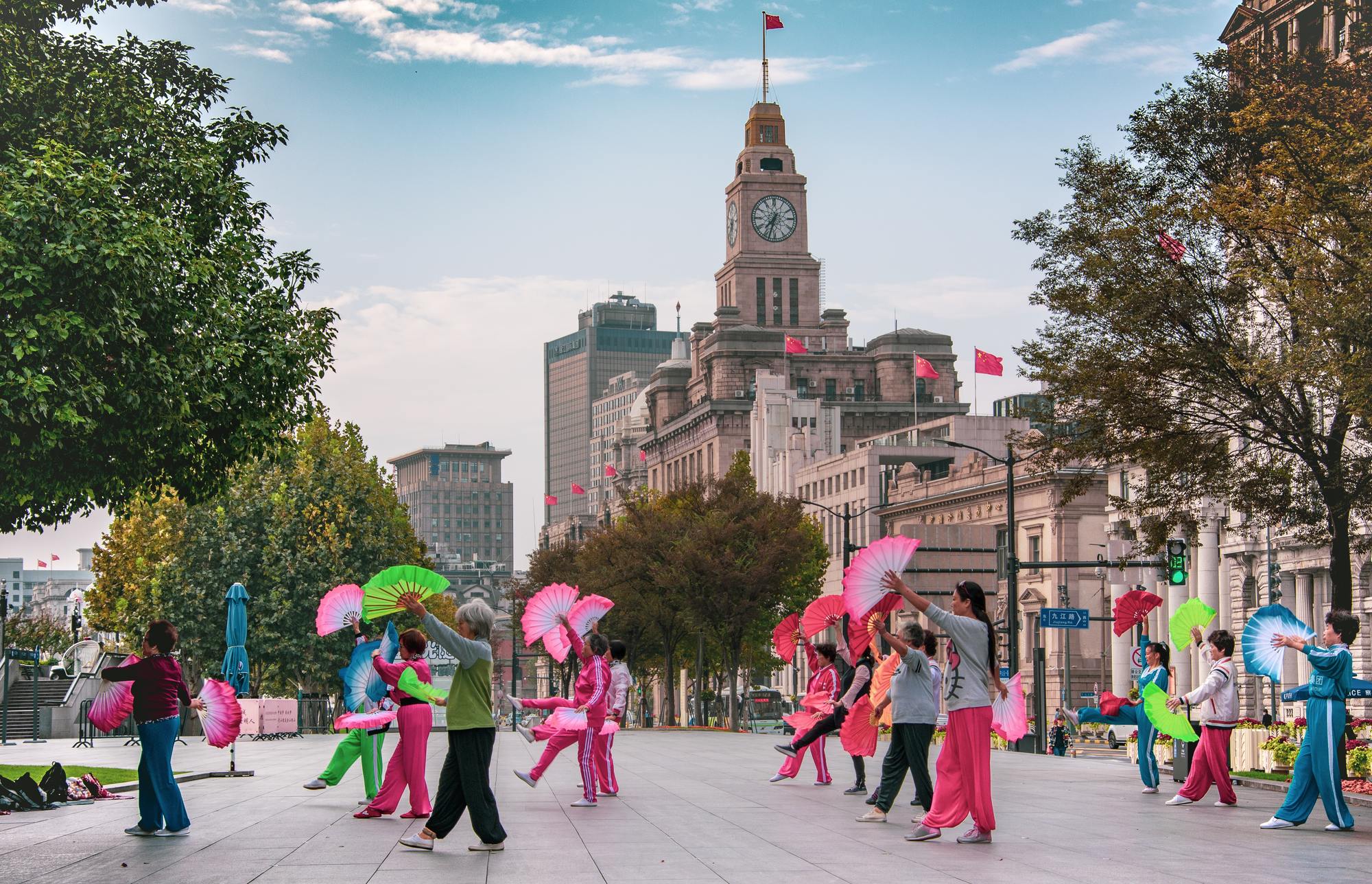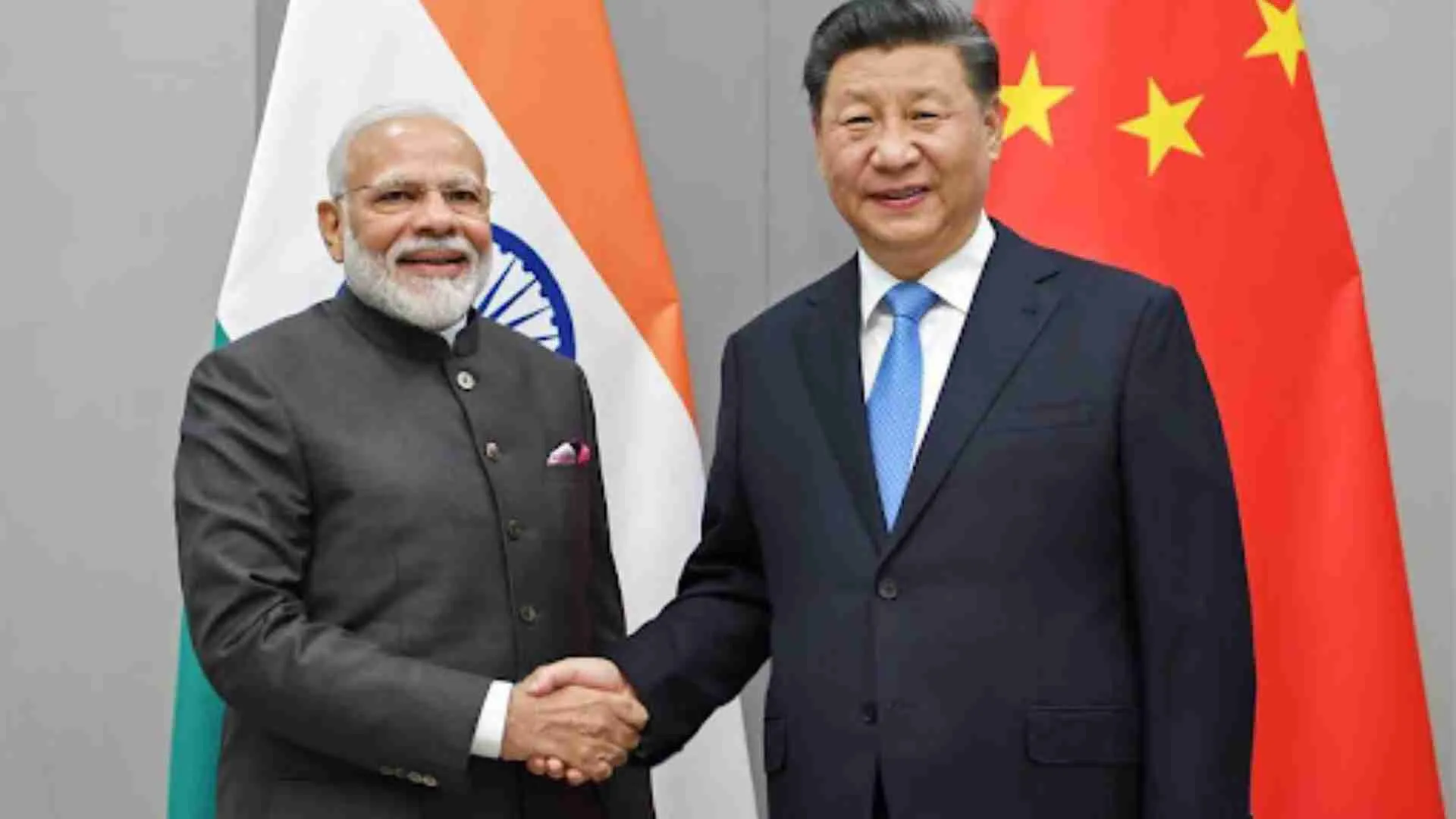When Robert Frost wrote about the “Road not taken,” he was probably referring to the roads avoided by women due to lack of adequate street lighting. Gender undoubtedly plays an important role in influencing public space decisions, in both, rural and urban environments. These environments, however, reflect the way a society is constructed. According to spatial theorists and feminist geographers, “the culture of the place” can help in analyzing this phenomenon; women are often associated with private, household-like spaces and men are associated with public spaces. Hence, planning decisions also reinforce these ideas through their designs and infrastructure.
The Fearful Stroll
Walking on poorly lit streets is a common cause of fear for women. No woman should fear going out at night, walking back from work late at night, or just accessing the streets with ease. This apprehension influences women’s mobility, education, health and well-being, economic opportunities, to name a few. Despite several laws and policy initiatives, gender-based violence continues to plague Indian streets, and manifests through different forms like groping, catcalling, passing lewd comments, staring, molestation, etc.
Illuminating the Dark Corners
From the little research on the relationship between inadequate street lighting and its effect on women, it is well-known that “areas with poor lighting are prone to crime in cities.” This relationship came into limelight during the 2008 Economic Recession in the US, when many cities reduced street lighting to save costs, and the outcome was the spike in the rate of gender-based violence and harassment. In India, metropolitan cities like Bengaluru, Mumbai and Bhopal have reported incidents of attack on women’s safety due to inadequate street lighting.
We can bring in numbers, but that would only be possible if there was a collation of data surrounding this arena – there is a dearth of scholarship and data supporting this correlation, and in analysing the extent of this problem. Nonetheless, many think tanks and NGOs have come forward to conduct studies in metropolitan cities. It was found by Safetipin, an NGO working to make public spaces more inclusive, that in 2016, Delhi had more than 7000 “dark spots” or spots with poor lighting. In Bhopal, 10% of the points in the city have been identified as “dark spots.” The last two annual reports on street lights in Bhopal indicated “no entry” under the head of ‘roads with adequate street lighting facilities.’ Even the Municipal Corporation Budget Documents of more than half of the Indian cities do not spend on street lighting as a separate head, and those who do, have minimal allocation towards this.
Policy Challenges and Gender Disparities
In 2019, India replaced several street lights with LED lights as a part of the smart cities programme. Delhi Chief Minister Arvind Kejriwal has announced the setting up of over 2 lakh street lights across Delhi, to make the city safer for women. In addition, a mobile application will also be launched for proper monitoring, evaluation and maintenance. According to the Smart Cities Mission, ‘Compendium on Best Practices 2023’ report, Kolkata’s Non-Motorised Transportation infrastructure includes more than 1000 streetlights, making the walking and cycling tracks well-lit and safe. While these initiatives are applaud-worthy, women still have to constantly be on their toes and “walk in groups” or “hold hands with other women” to feel safer while walking on the streets.
This can be attributed to the policy language; the most common answers in improving road infrastructure are centered around “facilitating visibility and driveability” and “urbanisation.” Planning has rarely been associated with “safety” and different conceptions of it. Neither has it addressed the planning issues in rural areas, or for women belonging to lower socio-economic backgrounds who do not use motorised forms of transport. More importantly, the decision-makers (planners and policy-makers) comprise overwhelmingly of men. Lastly, the lack of national gender disaggregated data does not allow to advance further on such studies. “While walking on the dark streets, I often feel relieved when I can spot a car’s headlights. Otherwise, I have to use the flashlight of my phone to navigate the dark spaces,” says Vrinda, a Masters student in Hyderabad.
Towards Inclusive Public Spaces
SDG 9.1 states, “Develop quality, reliable, sustainable and resilient infrastructure, including regional and trans-border infrastructure, to support economic development and human well-being, with a focus on affordable and equitable access for all.” How do we ensure that the public spaces are accessible, equitable and inclusive to all? The UN Women’s Safe Cities and Safe Public Spaces report (2017) mentions that investment in road infrastructures like public lighting from a gendered lens is one of the ways to ensure inclusive spaces, promoting women’s empowerment. Nonetheless, this is just ONE way and to ensure more accessibility to the public spaces by women, further steps need to be taken.
There will only be light at the end of the tunnel if there is some light inside the tunnel. Making cities smarter should also include making them safer for women, and answering the policy questions through the lens of an “access-based approach.”
(Dr Fauzia Khan, Member of Parliament, Rajya Sabha and former Minister of State for GAD, Education, Health, and WCD in the Government of Maharashtra) (Shirin Pajnoo, Policy Consultant)























